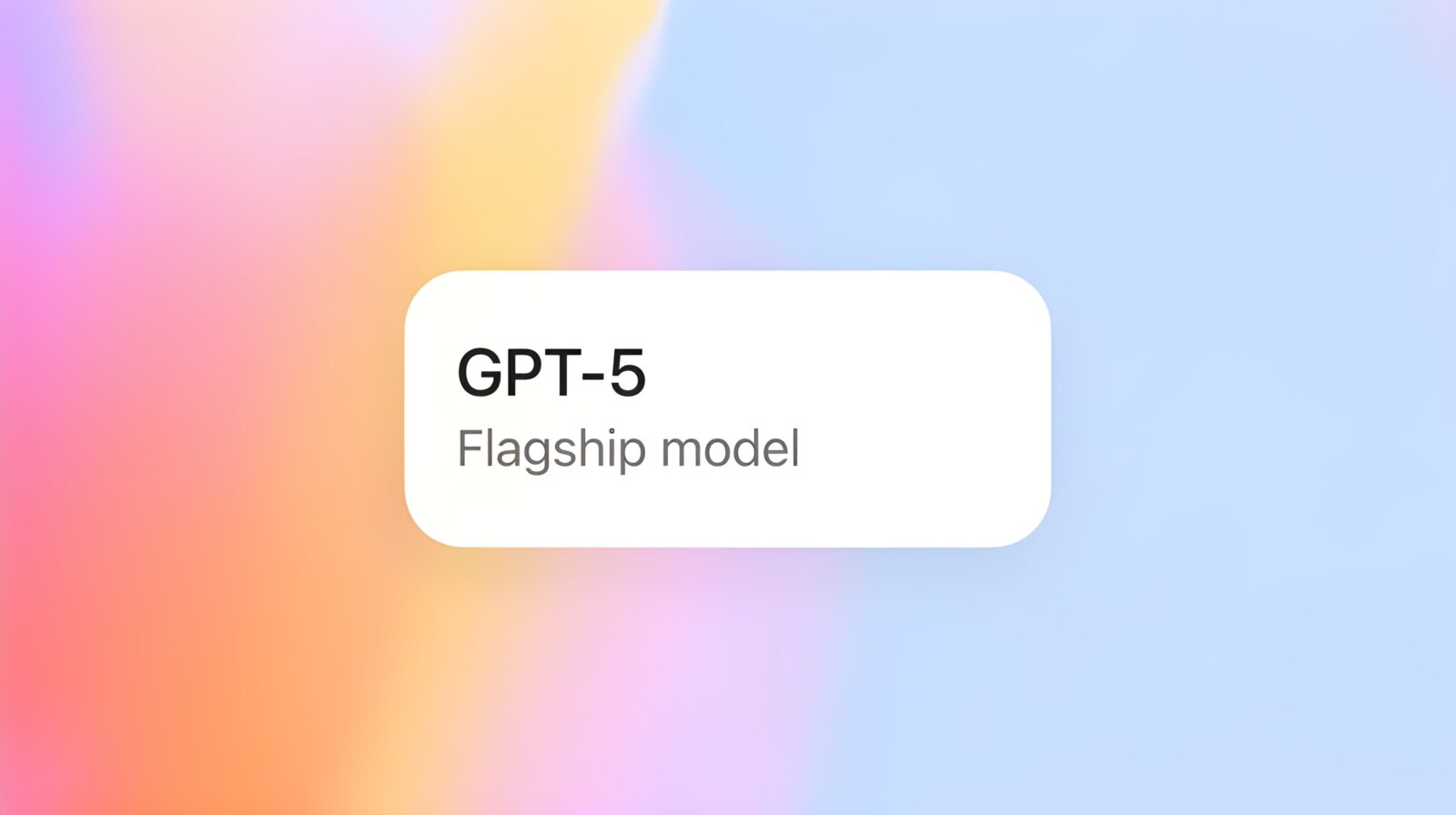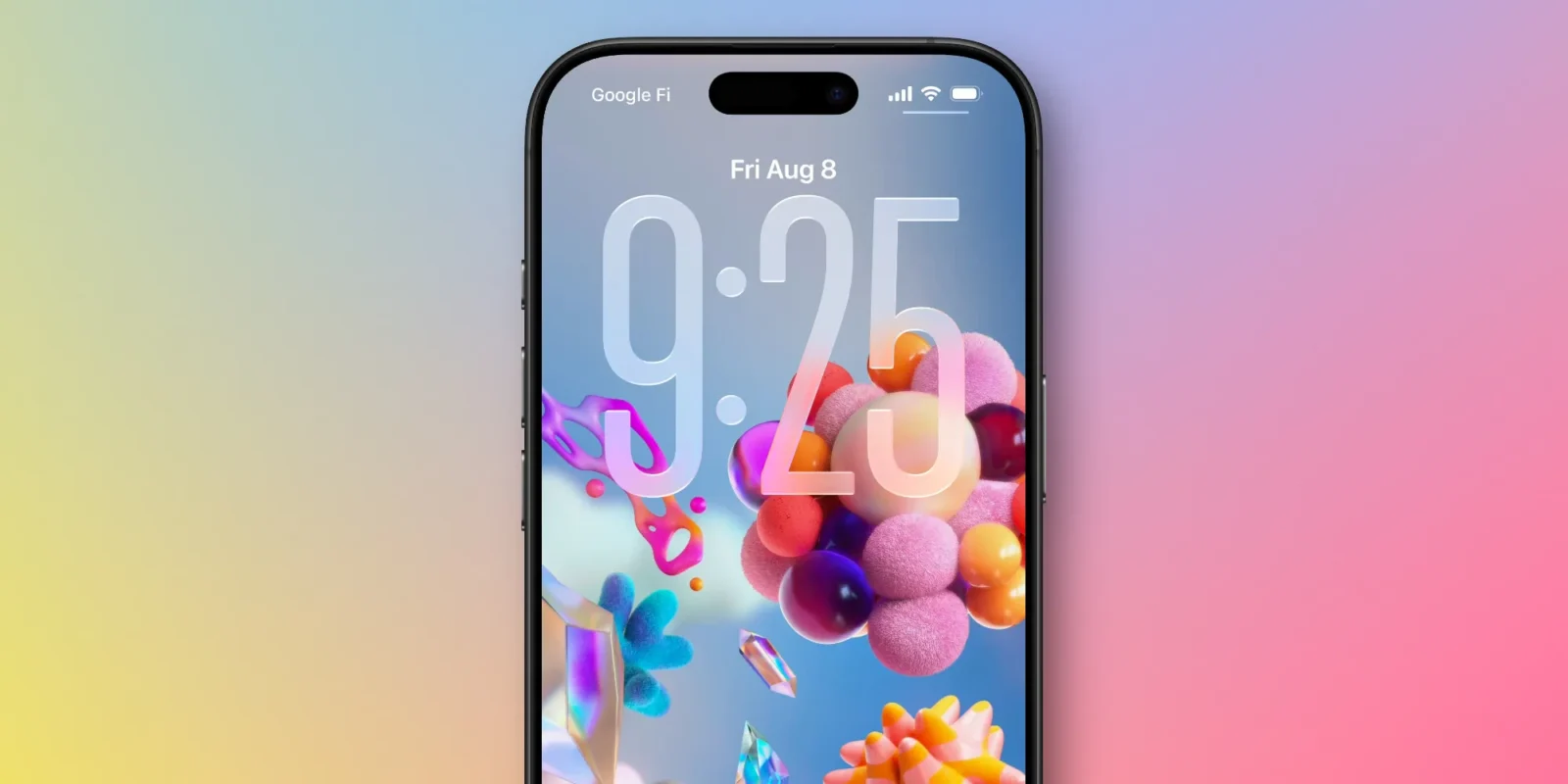Nothing has begun rolling out its OS V3.5-250801-1847 update for the Nothing Phone (3), bringing a mix of feature upgrades, bug fixes, and refinements across the system. The update is being distributed in stages, so users may see it arrive at different times. This staggered release helps the company monitor performance and address any unforeseen issues before it reaches all devices.
For the Glyph Interface, the update introduces a small visual enhancement: photos captured with the Glyph Mirror toy now save with a distinctive Glyph Matrix-style overlay. Several glitches have also been resolved, including one where ringtones defaulted to Classic mode in Generative mode, another where ringtone selections were lost after phone data transfers, and an issue affecting Telegram call responses.
Camera performance sees a notable boost with the addition of AI SuperRes Zoom for magnification levels between 20x and 30x, allowing clearer shots at high zoom ranges. The update also improves shutter response after taking continuous photos, while optimising autofocus and colour accuracy for more consistent image quality.
In broader system improvements, the default search engine option now displays correctly in both the app drawer and search settings. A bug in Universal Search that caused the second character typed to vanish has been fixed, and the Essential Notification border has received a visual update. Cloned WhatsApp instances can now open PDF files without issue. Other changes include smoother refresh rates for Snapchat, stutter-free playback of 4K 60FPS videos in the Gallery, and more natural transitions with Adaptive Brightness. The update also addresses certain charging interruptions with third-party chargers, while refining system stability and in-app text copy.
Nothing notes that after installing the update, the device may temporarily run warmer and consume more power as background optimisation completes—behaviour expected to normalise shortly thereafter. For Nothing Phone (3) owners, these adjustments aim to improve day-to-day performance while ironing out persistent bugs, though the rollout pace means patience may be required before all users see the changes.





